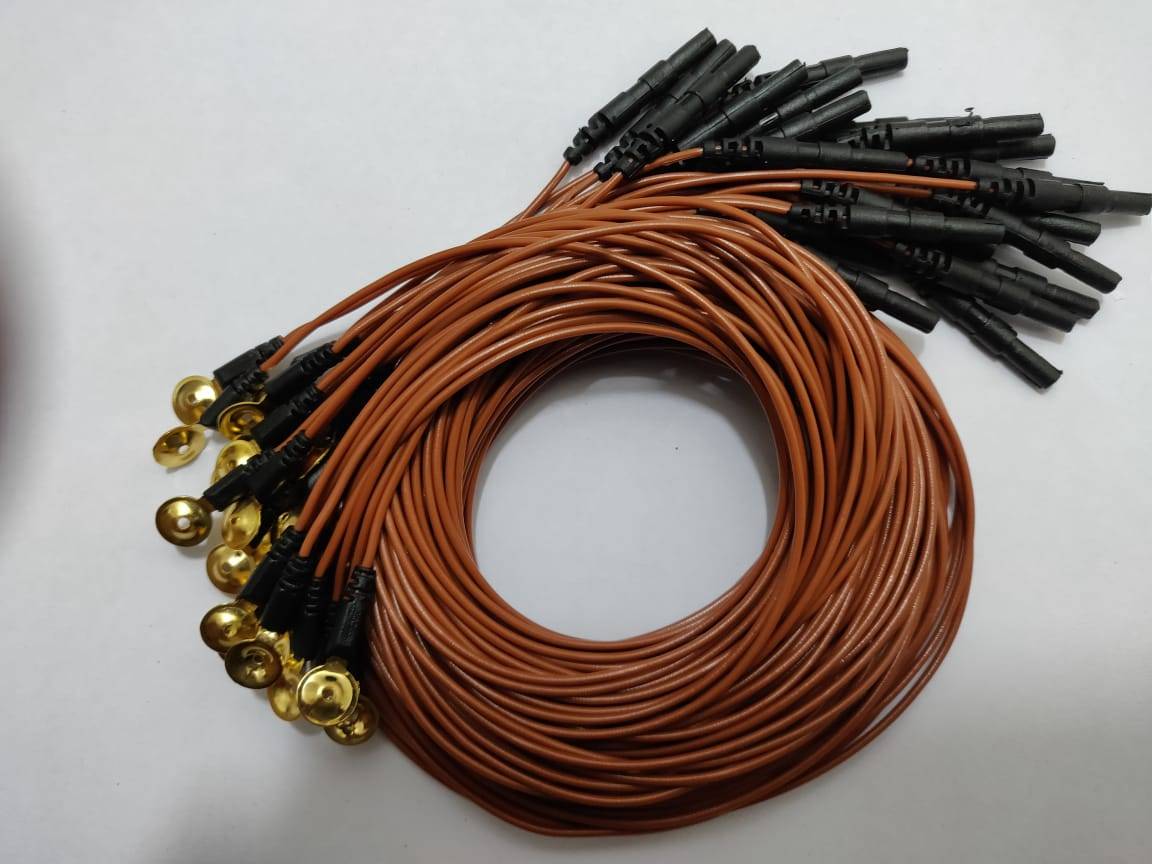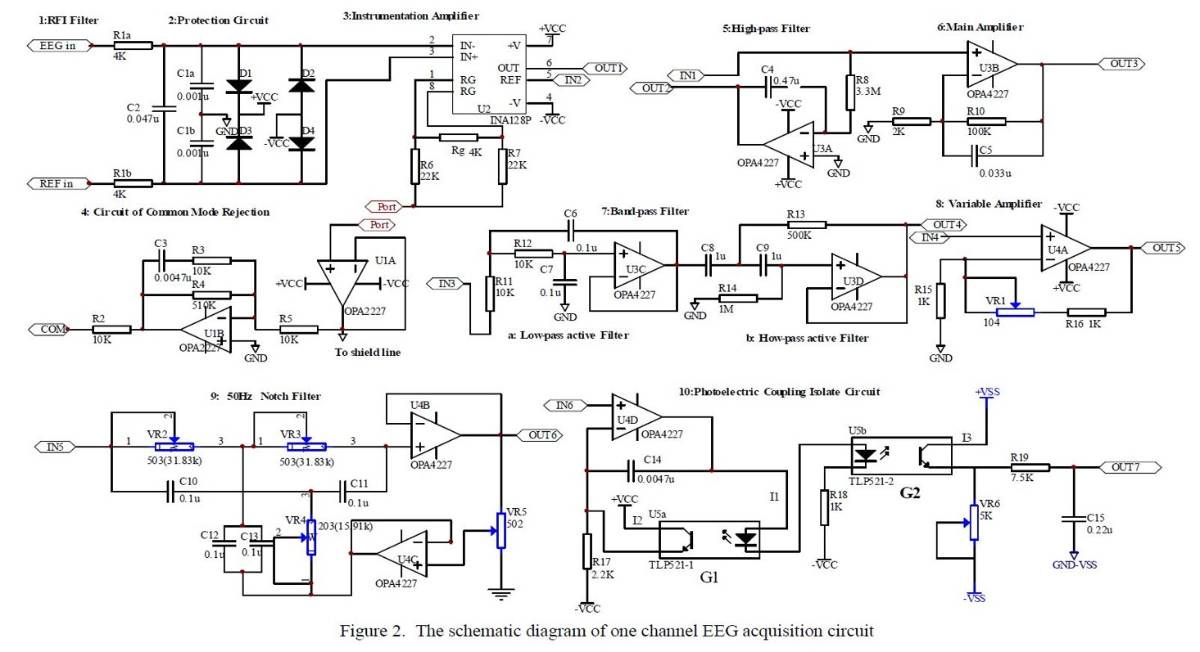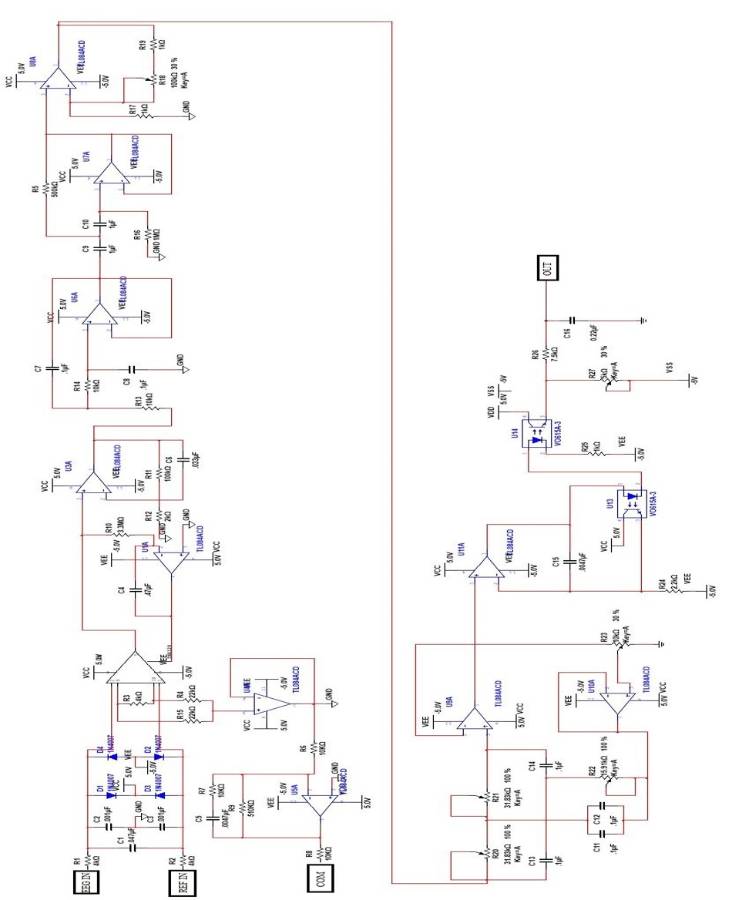Why Brain Computer Interface?
You might have heard about brain waves acquisition as a deep medical technology, complex with hundreds of electrodes n the head of the patient. You are right if you have this info, but if you feel that it is the application in this modern world you are slightly mistaken.
Brain acquisition is basically done to study the internal actions and interactions in a human brain largely used to detect any disorders or diseases. Additionally, the more accurate results demand more expensive for those purposes.
But here we make a signal acquisition system which is non-invasive, cost effective and accurate enough to trigger/actuate the movement of a mouse cursor in the desired direction.
Start with the basics
Before we start with the steps we need to know some basics to know what we are doing. I hope you have come searching so you might be aware of certain basics of analog and digital electronics. Though not necessary, it'll help you understand the concept better.
The whole process can be defined in these simple steps -
- Signal Acquisition
- Signal Processing
- Feature Extraction
- Pattern Recognition
- Control Signal

These steps are the basics of BCI, need no to go deep into the concepts but good to have knowledge about it.
The Steps -
- The necessary components need to be arranged and a person ready to test himself/herself.
- A good quality EEG electrodes are required (preferably gold cup/silver is also fine)

- Follow the circuit diagram inspired from "Low-cost Circuit Design of EEG Signal Acquisition for the Brain-computer Interface System, 2013 6th International Conference on Biomedical Engineering and Informatics (BMEI 2013)".

- The output of this circuit goes to the Arduino Leonardo and the following code is used to extract and display the waveform from the head.

- The Circuit Simulation was carried out in NI's Multisim.

- Now the data is extracted to MATLAB platform for the mouse actuation.
- The obtained waveform in Arduino looked like -

- These data points are now used to map with the mouse movement of the laptop through the mouse.h library.
- That is it, make movements like the forehead up/down to trigger the mouse movement respectively.
Future work
The system can be developed in solely in MATLAB with TI micro-controllers for better results and accurate output. The application can also be innovative with no limits. Eg: Automated bionic arm.
All the best!
Write to [email protected] for any query.
